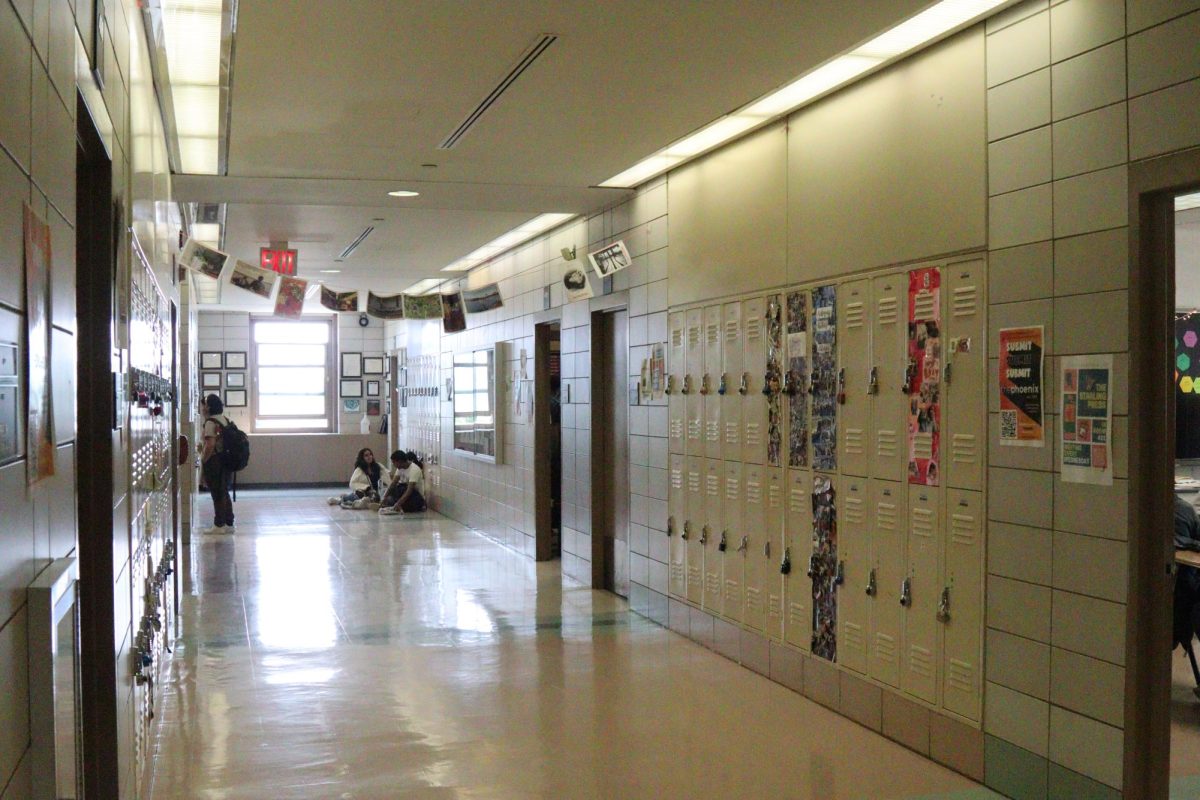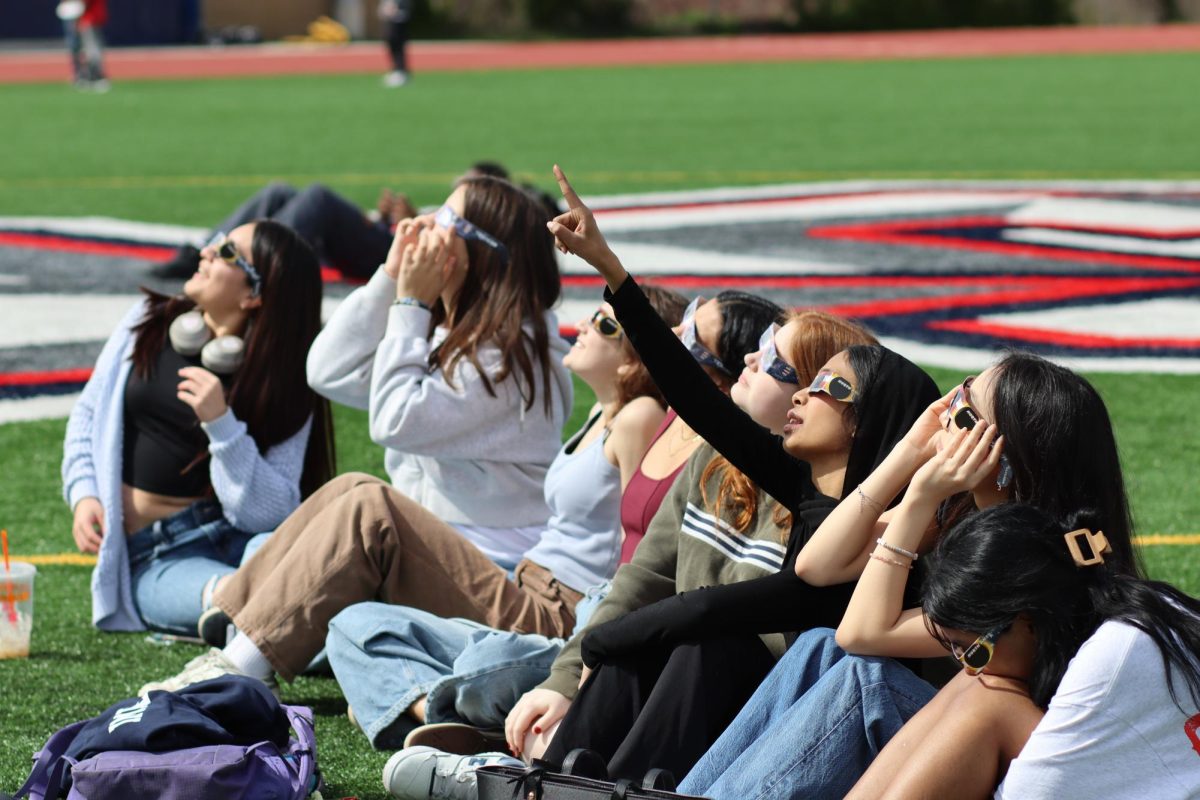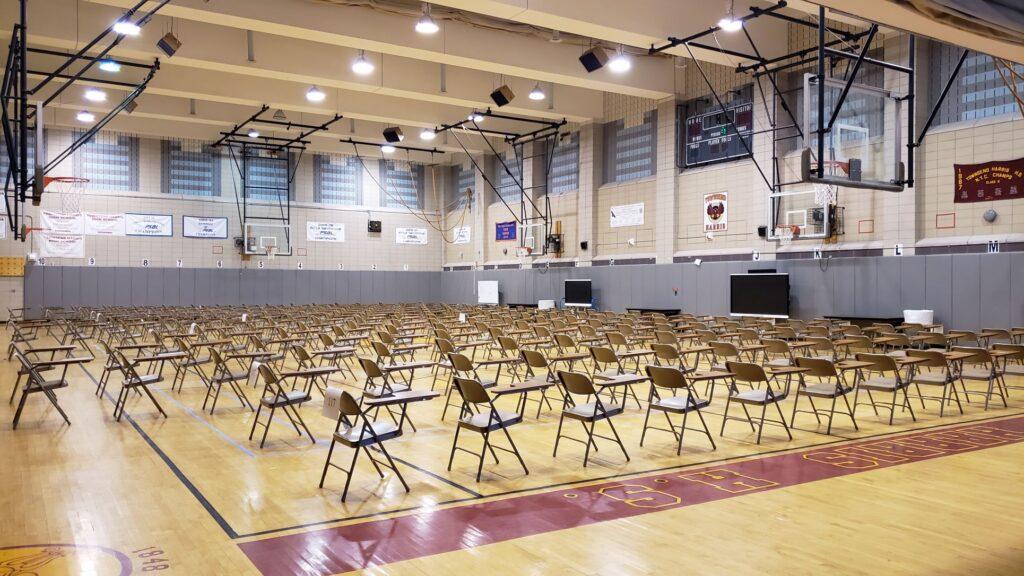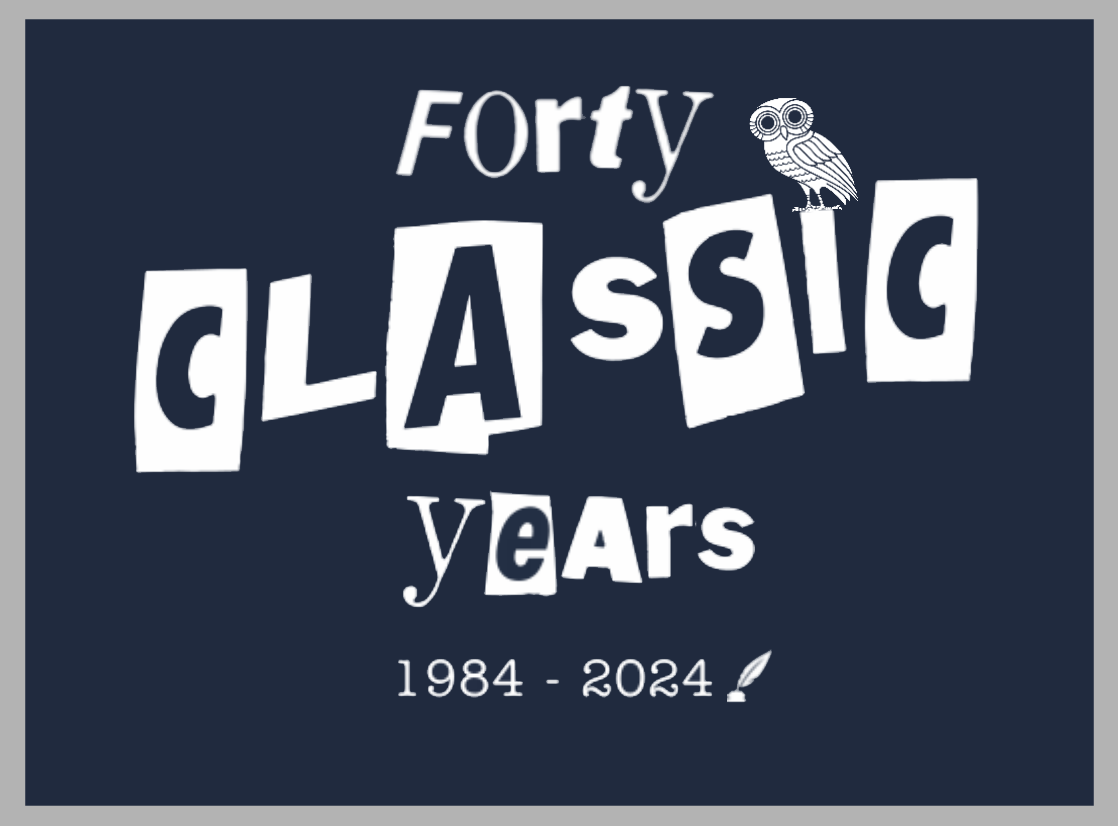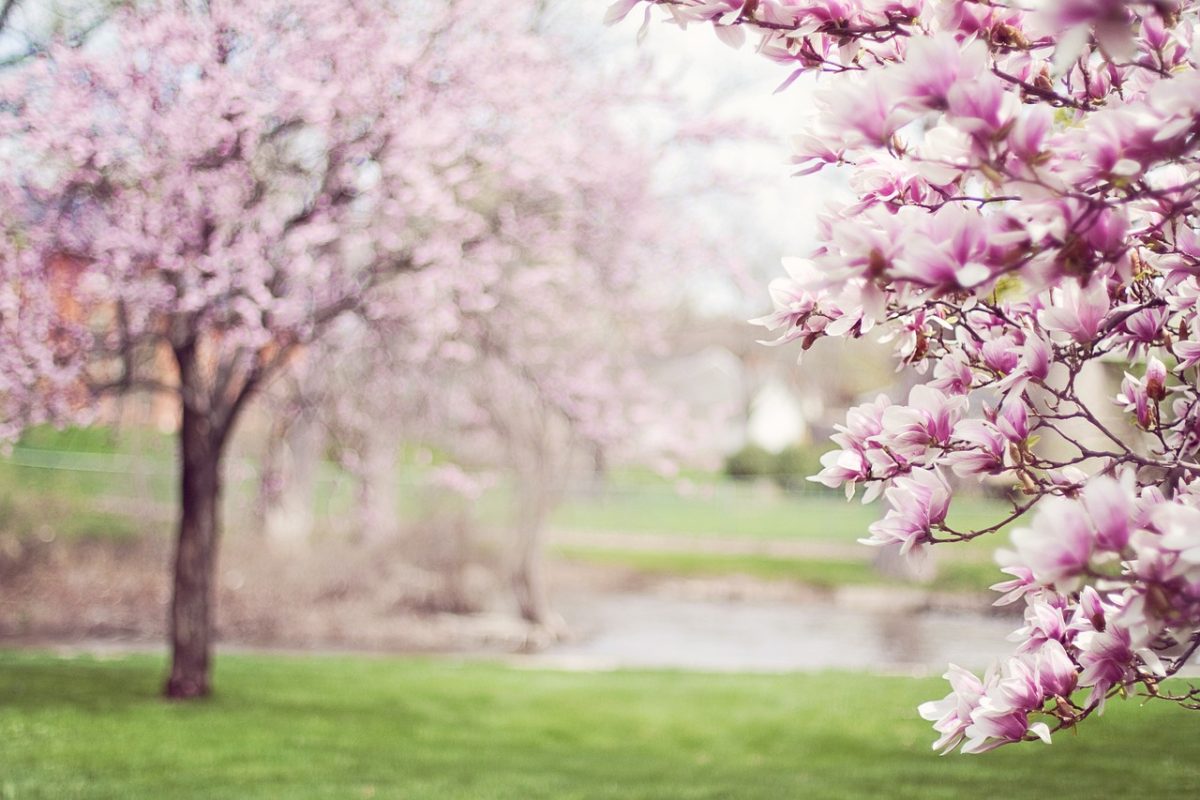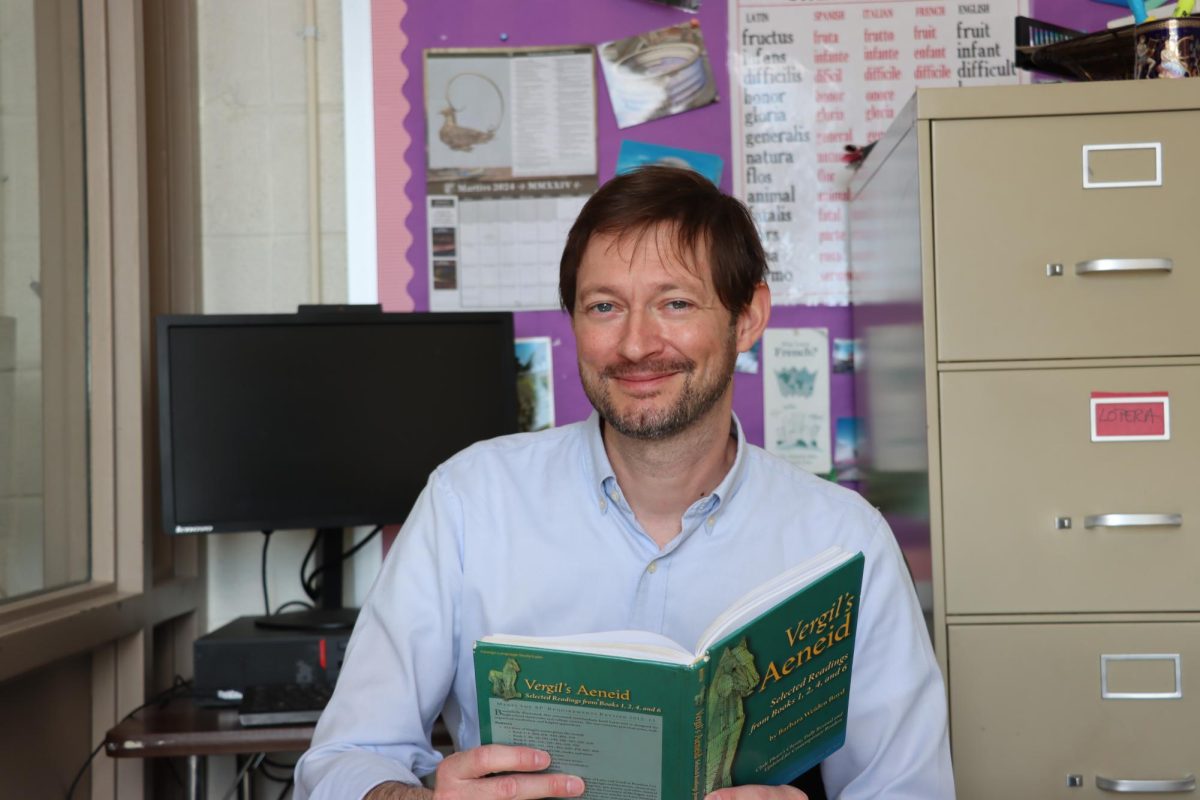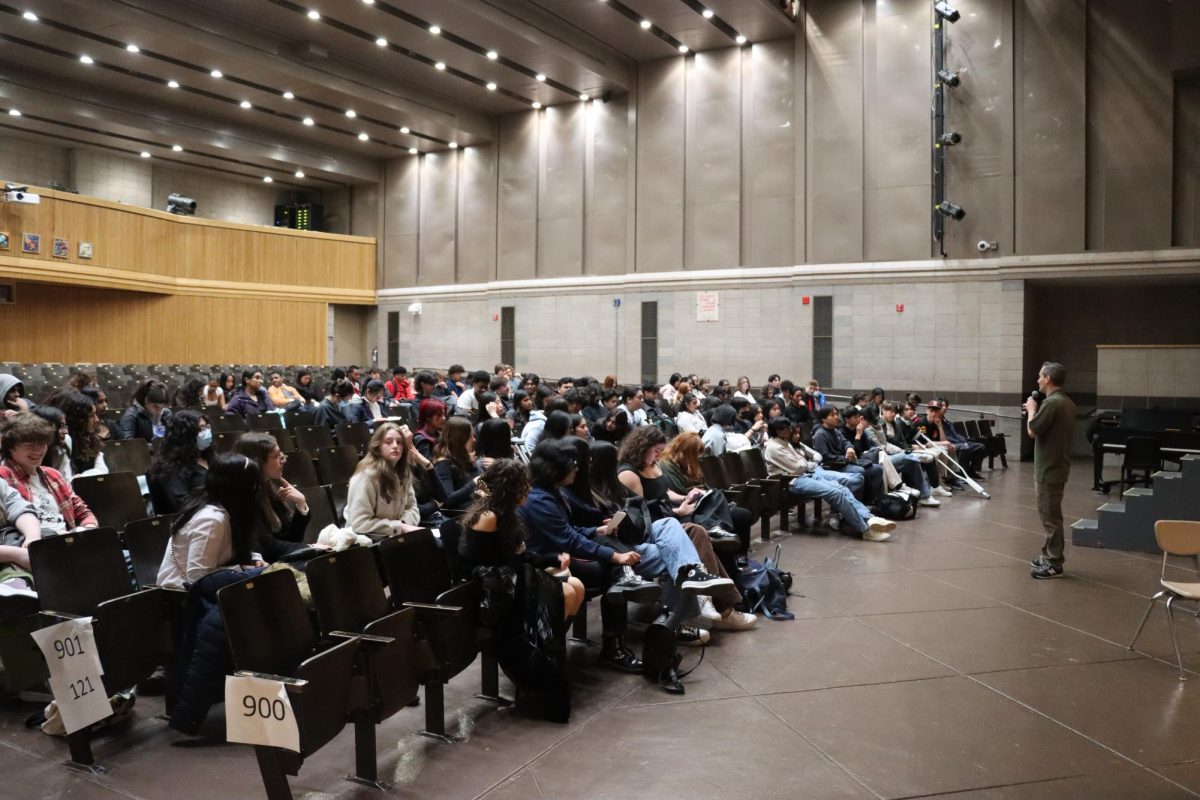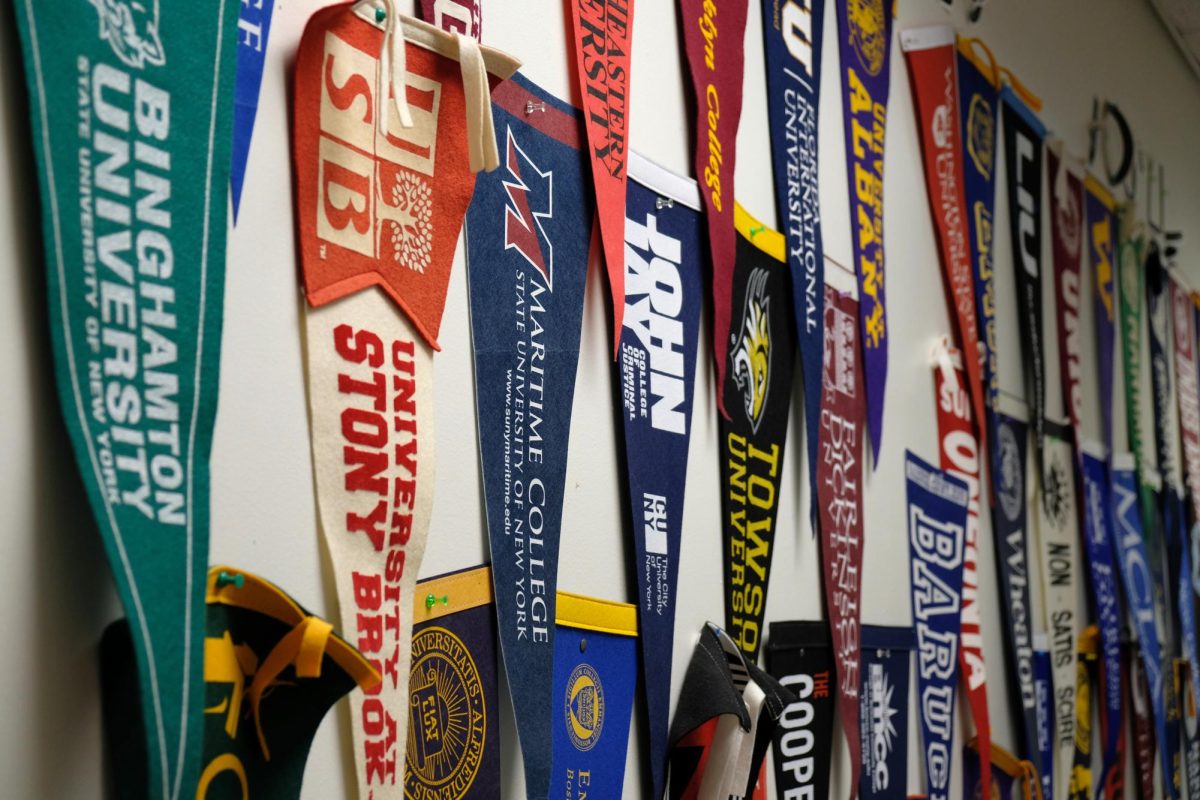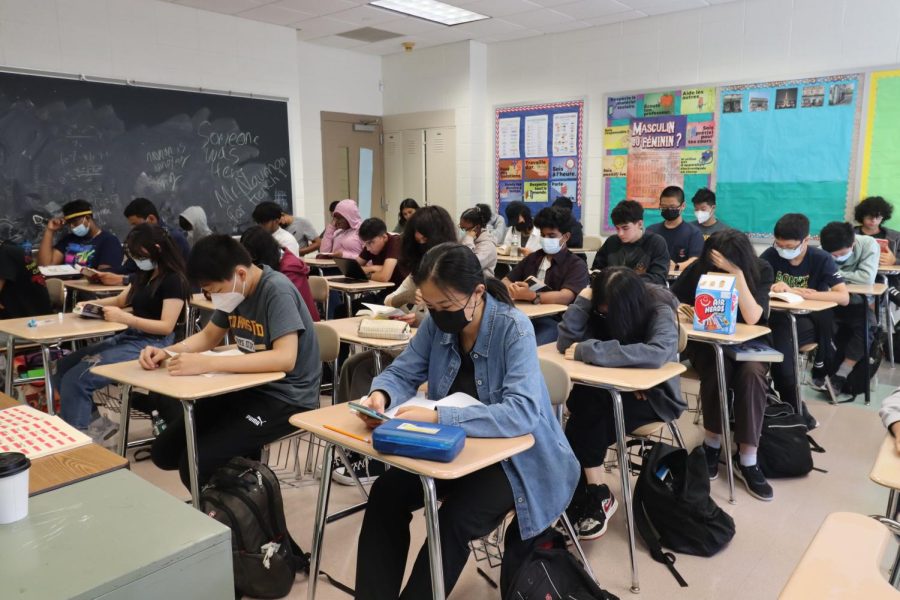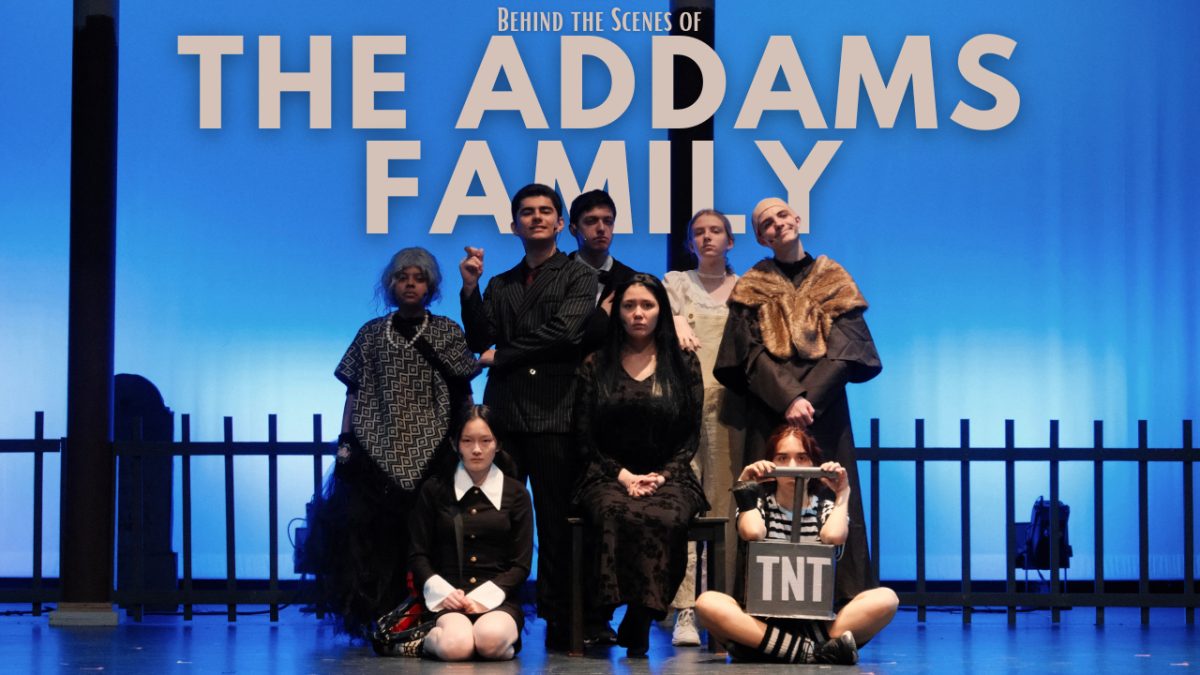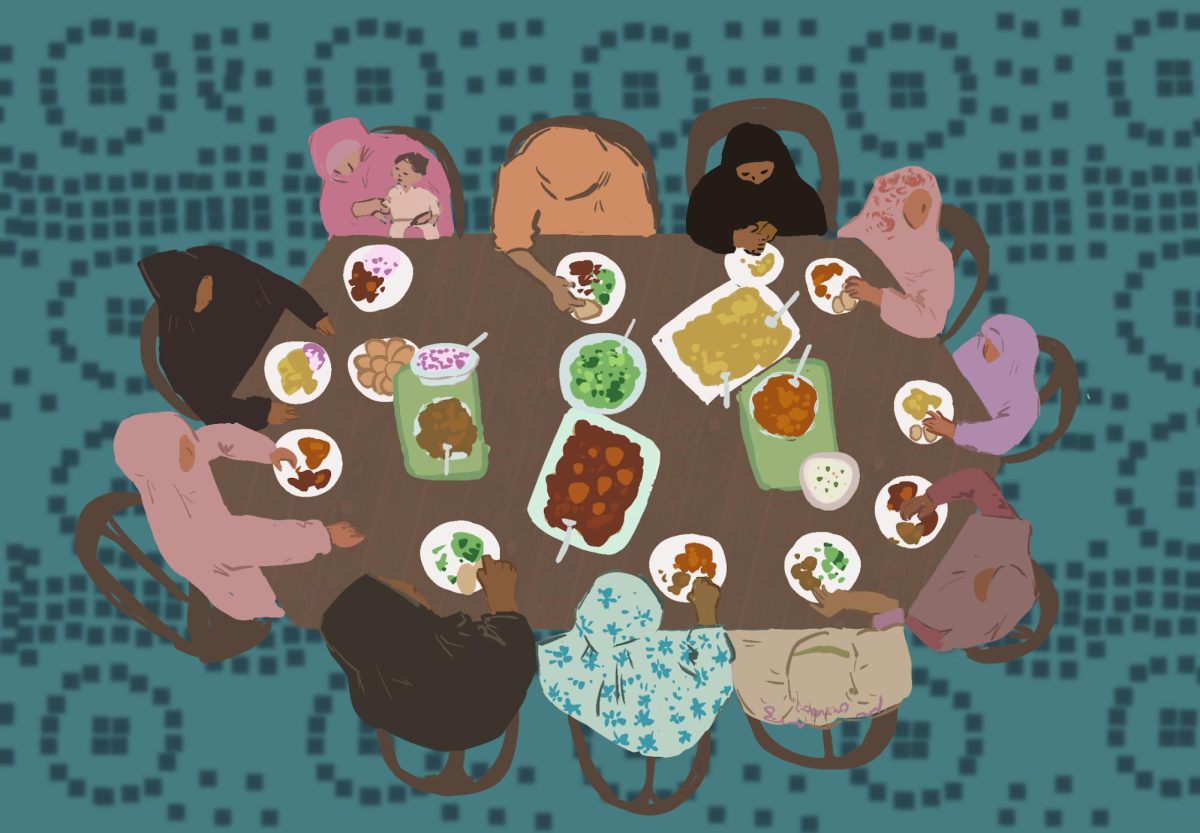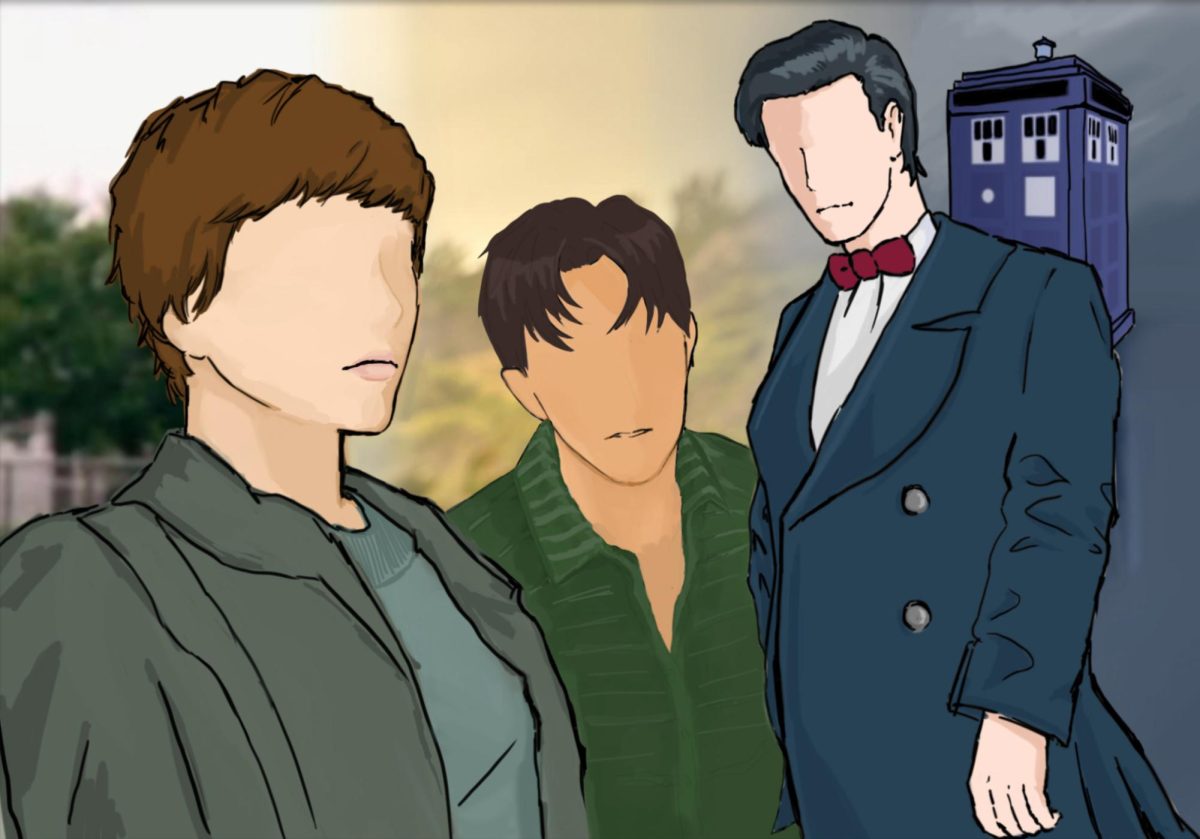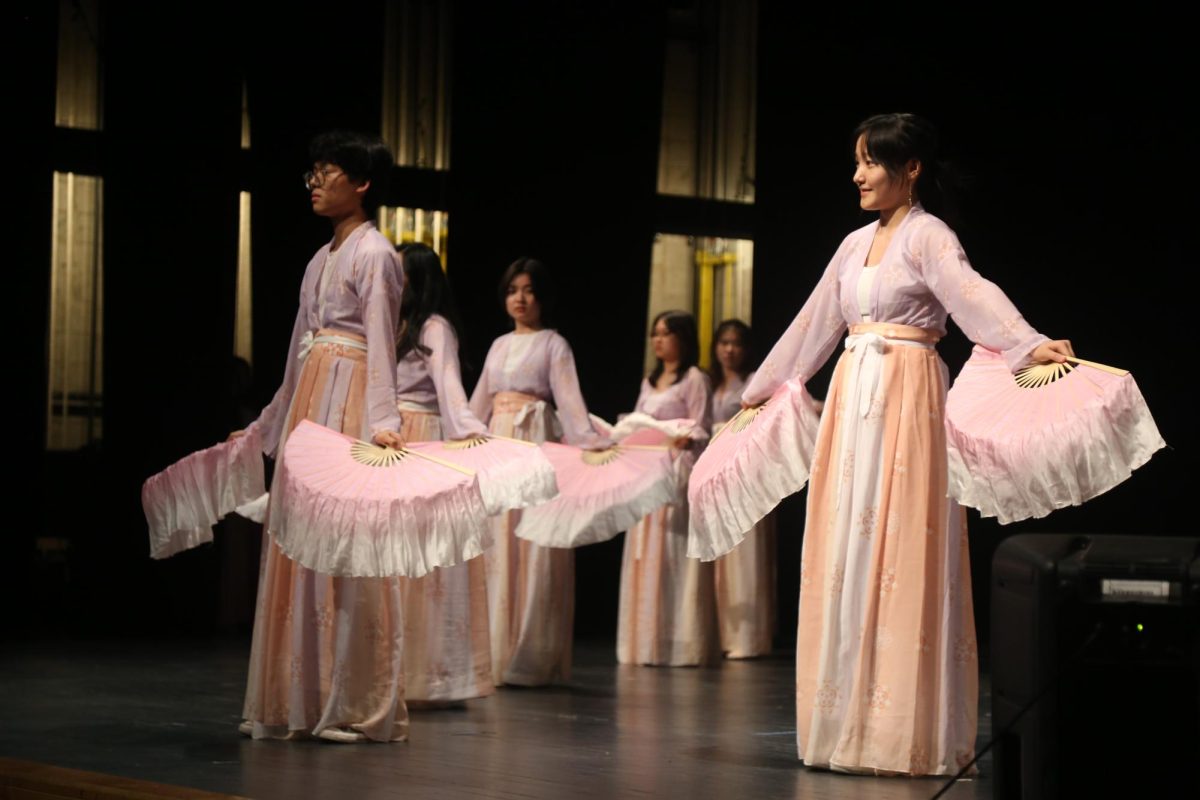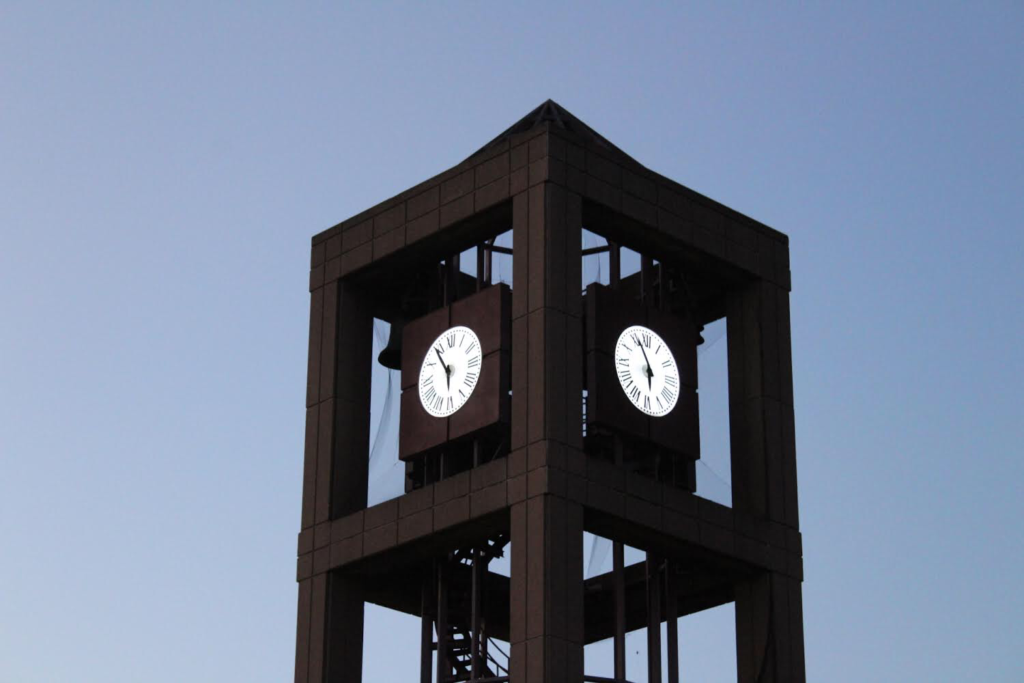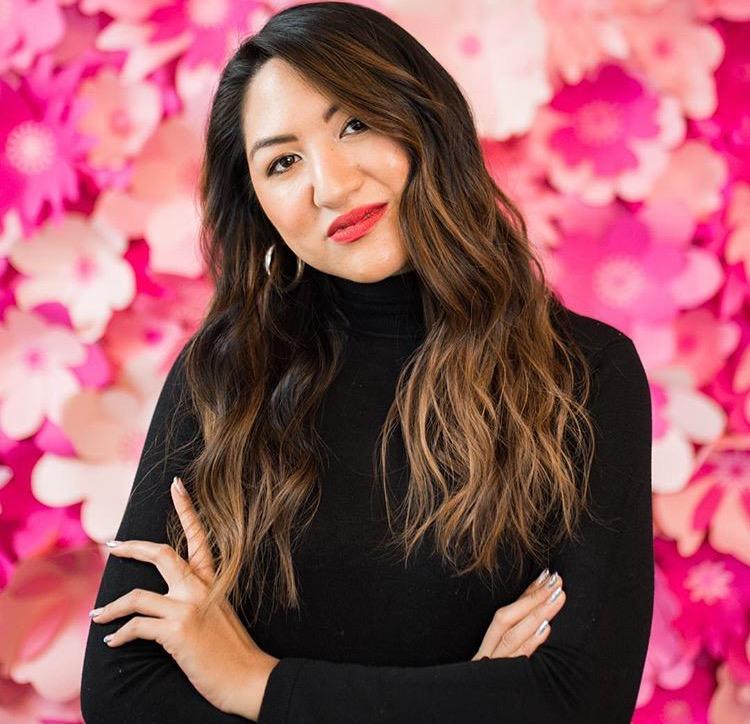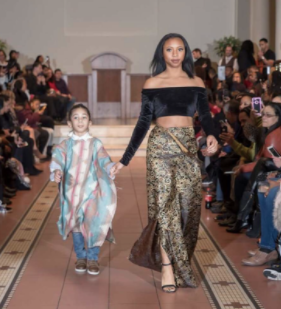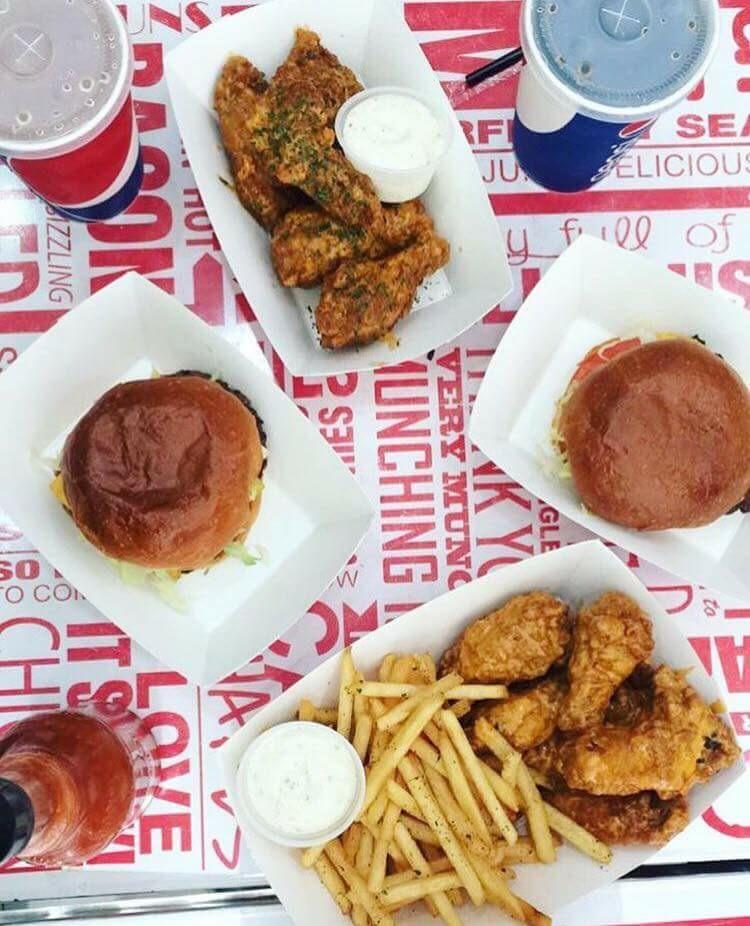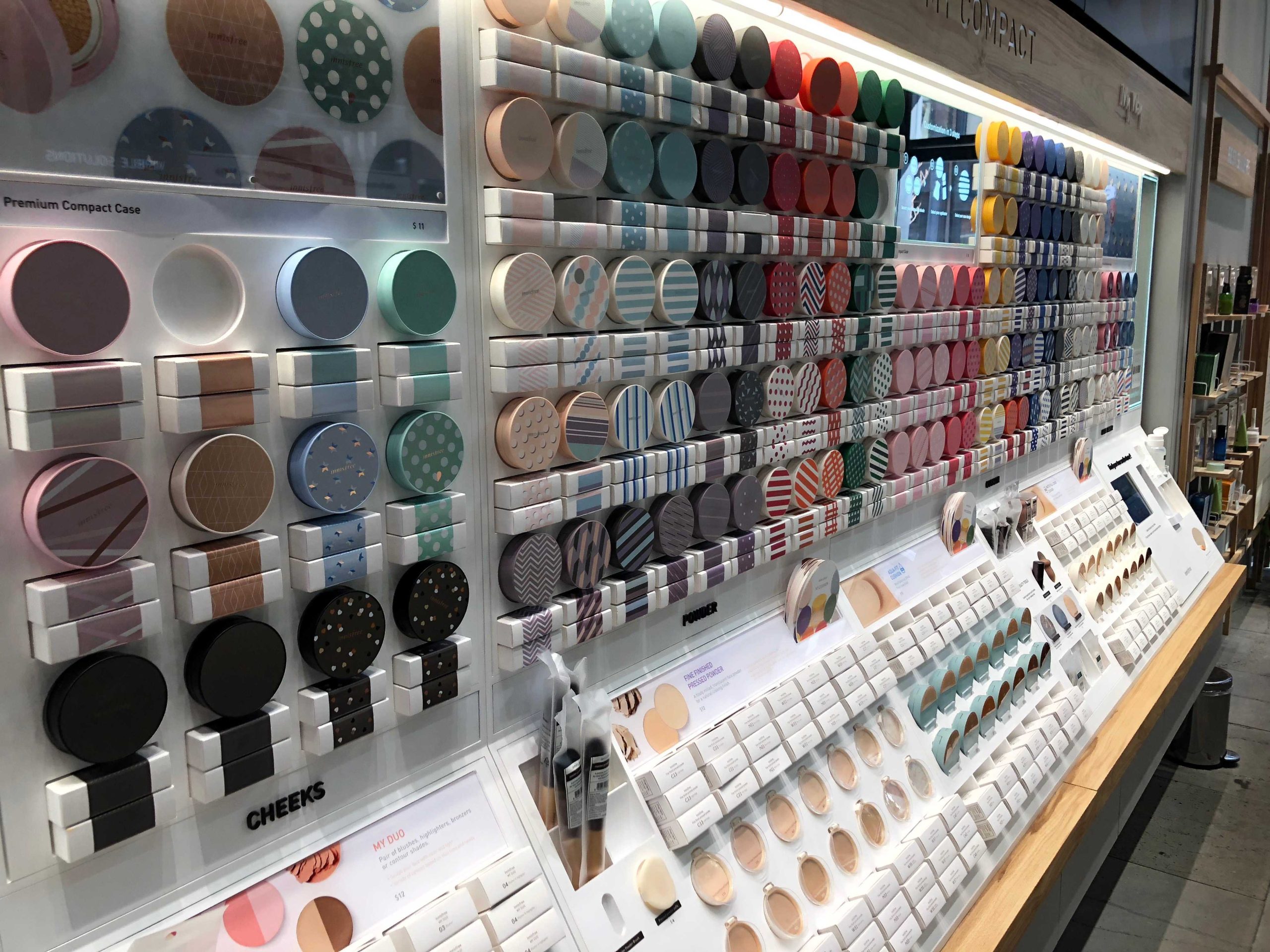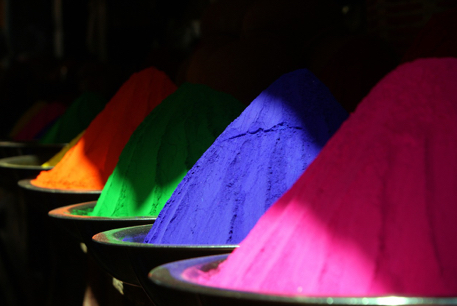
As the lights turn on and the production commences, the first feature captured by the eyes of the audience is the exterior of each actor on stage. Behind the scenes, individual costumes are carefully designed and makeup is delicately applied to capture the true essence of each character.
In this year’s production, directed by English and drama teacher Joseph Canzoneri, students will reenact the scenes of William Shakespeare’s A Midsummer Night’s Dream. As for the individuals behind the appearances of those performing on stage, junior Isabel Yagerman and senior Michal Davydov play a huge part in the process of outlining the wardrobe of every role and making it come to life.
The students did not always run the show in the costume department. Until this year a professional was in charge of that department and had done “costumes for every show since 2005” according to Mr. Canzoneri. Although Mr. Canzoneri had options to replace her, “none really seemed to work out,” leaving him in charge of this aspect of the play, as well as being responsible for his duties as director.
The costume-making process began with a conversation about the costumes that were needed to portray the individuality of the characters. Because A Midsummer Night’s Dream includes both humans and non-humans, two diverse types of attire was required. The theme was set to the 1950’s, thus, according to Isabel, the idea was to paint the humans in “summery, bright colors,” while the non-humans were “supposed to look like part of the earth and forest, so their costumes involve[d] a ton [of] fabric flowers and greenery.” However, with such a large cast, being able to sketch each costume made it necessary for the work to be divided up.
Michal explained that, “The process started with sketching and finalizing the sketches,” whereupon they were showed to Mr. Canzoneri for approval. Once confirmed, measurements were taken and supplies were bought to allow for the making of costumes to begin. A great deal of the supplies included an abundance of fake flowers and leaves, in addition to tulle and elastic, used to ornament base fabrics and dresses. Although many of the costumes consisted of the same materials, each character has its own distinct component. Michal described how for Titania, who is the queen of the fairies in the play, she “focused on adding flowers to everywhere from the waist up and have the bottom consist of light fabric,” giving the actress more freedom to move.
The team did experience snags along the way. “As far as difficulties,” Isabel says, “the biggest one was time.” Normally taken care of by a professional, it was time-consuming and challenging to plan, sketch, and create the costume designs. Michal includes that “With such a large cast, so many various pieces of information get tossed around so it’s difficult to stay on track.”
As for the makeup department of the play, juniors Amanda Chu, Emily Chu, and Christina Paredes played a major role. Although they also contributed to costumes, Emily states “We mainly focused on [the makeup of] the fairies.” The two types being the choral fairies and the dancing fairies. Each type of fairy has a distinct makeup look. “The makeup for the dancing fairies is more ethereal and natural while for the choral fairies it’s supposed to be more colorful” Amanda explained. She elaborated to say this involved using “lots of greens and blues and glitter” for the choral fairies and “a very highlighted look” for the dancing fairies. Emily concluded that the only problems they faced were “accommodating everyone’s skin tone, and making sure their makeup is visible on stage.”

